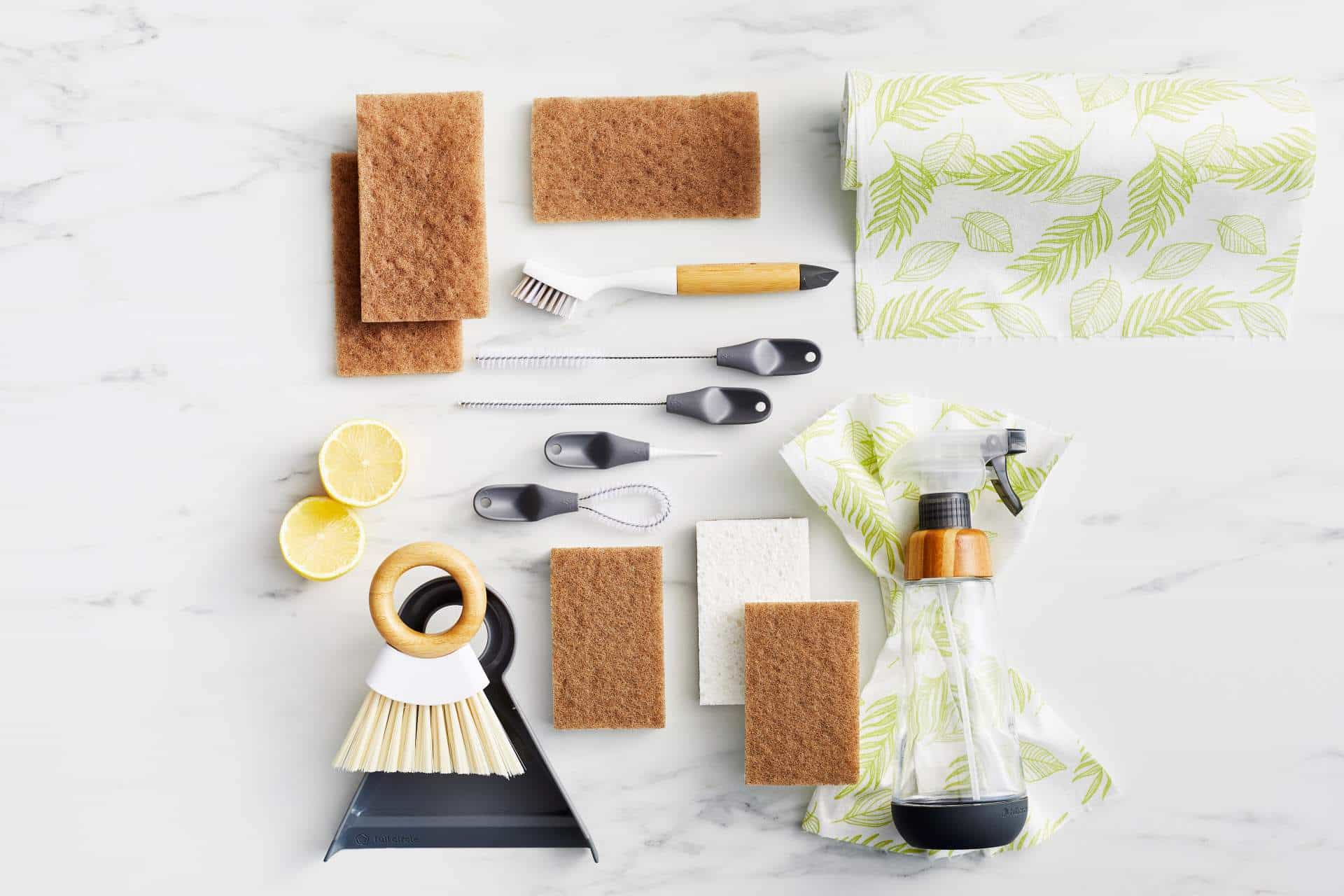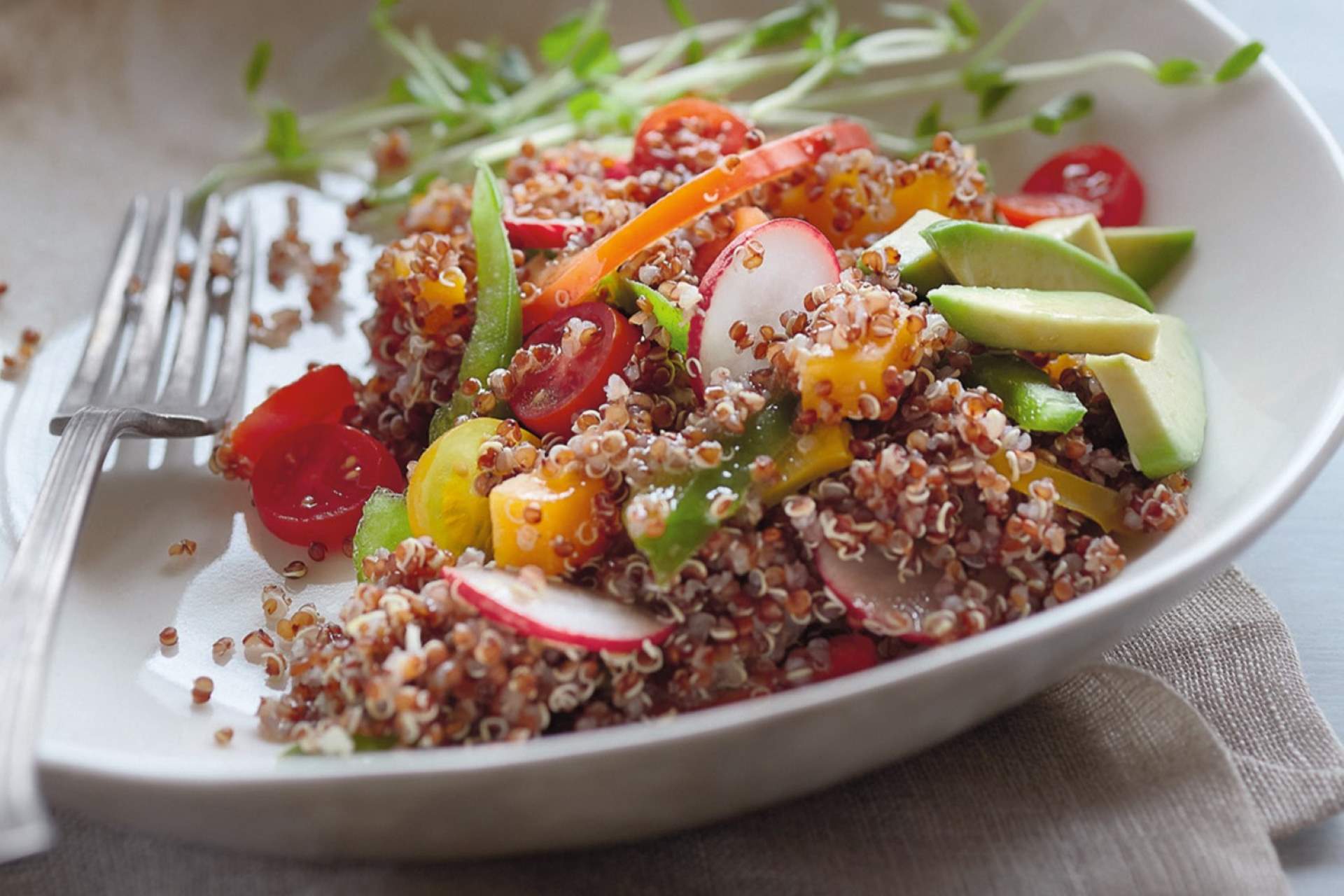A Spring reset.


When we talk about seeds in our diets, you might think of sunflower or pumpkin seeds for snacking, sesame seeds for adding crunch to bagels or your favorite Asian-inspired dishes, or even poppy seeds sprinkled atop pastries. But there’s another seed that’s been making waves in the culinary world, one that deserves equal, if not more, recognition: quinoa.
Quinoa—often thought of as a grain—isn’t a “new” dish or ingredient in a historical context. It’s actually been a staple food in the Andean regions of South America for thousands of years (the Incas even revered it as the “mother of all grains” and it played a central role in their culture and diet).
The recent surge in quinoa’s popularity, especially in North America, Europe and Australia, is more a rediscovery or a new appreciation of this ancient food, loved for its unique blend of nutrition and versatility.
But how do you unlock the full potential of this tiny yet mighty seed in your kitchen? Whether you are new to this superfood or looking to refine your techniques, we’ll walk you through the essential steps to achieve fluffy, flavorful quinoa every time.
Hungry for more? Try one of our cooking classes! You’ll get hands-on tips from our resident chefs and tackle everything from knife skills to patisserie bakes and global cuisine!
Quinoa, pronounced KEEN-wah, is a seed from the Chenopodium quinoa plant. It’s commonly mistaken for a grain due to its grain-like cooking and consumption methods. However, quinoa is a pseudo-cereal, not a true grain, as it doesn’t grow on grasses—but rather on a plant more closely related to spinach and beets.
Quinoa’s mild, nutty flavor and fluffy yet slightly crunchy texture have made it a popular ingredient in a range of dishes, from salads and soups to pilafs and even as a base for breakfast bowls. The adaptability of quinoa in cooking has contributed to its growing popularity across various cuisines worldwide.
Quinoa has been dubbed a superfood due to its nutritional profile: it’s a complete protein, packed with all nine essential amino acids (a rarity in the plant kingdom). This makes it an invaluable component of vegetarian and vegan diets.
Here are the key nutritional advantages of quinoa:
Preparing quinoa is straightforward and similar to cooking other grains, like rice. Here’s a step-by-step guide to ensure perfectly cooked quinoa every time.
Rinsing quinoa is an important step in its preparation due to the presence of saponins, a natural compound that coats the outer layer of the quinoa seeds. It’s a simple but crucial step: just place the quinoa in a fine-mesh strainer and rinse it under cold running water for a minute or two, until the water runs clear. Here’s why rinsing is crucial:
Once your quinoa is rinsed and ready, cooking it to perfection is a straightforward process that’s similar to rice. The quinoa is done when it looks like it has popped open, revealing the germ of the kernel.
Pro Tip: If cooking quinoa in a rice cooker, simply add the rinsed quinoa and the appropriate ratio of liquid (2:1) into the cooker. Select the regular rice cooking setting if your rice cooker has multiple options. The rice cooker will handle the boiling and simmering process, adjusting the cooking time automatically. Check the quinoa after the cooker indicates it’s done; it should be fluffy, with the seeds translucent and the germ spiraling out.
From being a simple side to transforming into the star of the meal, quinoa’s adaptability makes it a fantastic ingredient for both everyday cooking and special occasions. And whether you’re looking for a hearty main or a refreshing salad, there’s a quinoa dish for every palate. Here are five of our favorite quinoa recipes to inspire your next meal.
Hungry for more? Try one of our cooking classes! You’ll get hands on tips from our resident chefs and tackle everything from knife skills to patisserie bakes and global cuisine!
Join The Conversation